The 'Woodie' station wagon, with its characteristically half-timbered body, ranks alongside the pickup truck as a quintessentially American vehicle. The style originated in the 1930s, its popularity peaking in the immediately post-war decades, though the look has been periodically revived by manufacturers on both sides of the Atlantic ever since. Towards the end of the 1950s the Woodie became the vehicle of choice among California surfers, who appreciated its ability to carry several passengers and their boards. Surfer pop bands The Beach Boys and Jan & Dean both referred to them in hit singles, thereby enshrining the Woodie's cult status. It has also featured in countless movies. This example is by Pontiac, one of the USA's foremost marques that, sadly, was axed by General Motors at the end of 2009. The Pontiac companion marque originated within another member of the General Motors family - Oakland. Located in Pontiac, Michigan, Oakland had grown out of the Pontiac Buggy Company and thus the name of the eponymous Indian Chief seemed a natural choice for its new model. The latter had been conceived as a quality six-cylinder car for the price of a four and was a runaway success, setting that was then a record for debut-year sales of almost 77,000 units, which was more than its Oakland parent achieved that year. Contributing to the Pontiac's success was the fact that it boasted up-to-the-minute styling yet was mechanically entirely conventional. Developed at Chevrolet, it was, in essence, a Chevrolet chassis re-engineered to accommodate a six-cylinder engine. More than half a million Pontiacs had been made by the time of the Wall Street Crash of October 1929, and although Pontiac would survive that catastrophe, its less-successful Oakland parent was axed. Like almost every other American motor manufacturer, Pontiac recommenced civilian production in 1946 with what were essentially 1942 models. Two ranges were offered, Torpedo and Streamliner, the latter being the larger and more expensive, both of which were available with six- or eight-cylinder engines. Pontiacs of this period are often referred to by the 'Silver Streak' name, a reference to their multiple chromed hood strips - a styling device first introduced in the mid-1930s. The car we offer is powered by the 248.9ci (4,080cc) eight-cylinder unit that produced 104bhp in standard trim or 106 horsepower with the optional high-compression cylinder head. Three body styles were available on the eight-cylinder Streamliner chassis, the hand-built Woodie station wagon being the most expensive model in the entire Pontiac range. Boasting a wheelbase of 122" (3,099mm), the Pontiac Streamliner Woodie was the largest on the market and could seat up to nine; alternatively, removing the rear seats created a most generous load-carrying space. However, priced at a little under $2,500 it was beyond the reach of many would-be Pontiac customers, prompting the company to seek ways of reducing production costs. The 1948 model is the last of what might be termed the 'real' Woodies, when the entire rear body structure was made of timber. In 1949 steel was used for the roof and progressively fewer components were made of wood up to 1953 when the last of these Pontiac station wagons was made. Manufactured by the skilled craftsman at the Ypsylanti Furniture Co in Michigan, the body of this 1948 Woodie incorporates no fewer than 523 parts made from either mahogany or Canadian maple. Out of the 23,000 Pontiacs made in 1948, only 1,000 left the factory with the eight-cylinder engine and three-speed manual transmission like this one, which was delivered new to Mrs Emilie Noble Cooper, of Westport, Connecticut and Santa Barbara, Southern California. Factory fitted optional equipment included an electric clock, fog lamps, radio, Weather Chief heater, heavy-duty bumper guards and whitewall tyres. Mrs Cooper obviously liked the Woodie as she kept it until 1977, almost 30 years. Its next recorded owner was Mr
The 'Woodie' station wagon, with its characteristically half-timbered body, ranks alongside the pickup truck as a quintessentially American vehicle. The style originated in the 1930s, its popularity peaking in the immediately post-war decades, though the look has been periodically revived by manufacturers on both sides of the Atlantic ever since. Towards the end of the 1950s the Woodie became the vehicle of choice among California surfers, who appreciated its ability to carry several passengers and their boards. Surfer pop bands The Beach Boys and Jan & Dean both referred to them in hit singles, thereby enshrining the Woodie's cult status. It has also featured in countless movies. This example is by Pontiac, one of the USA's foremost marques that, sadly, was axed by General Motors at the end of 2009. The Pontiac companion marque originated within another member of the General Motors family - Oakland. Located in Pontiac, Michigan, Oakland had grown out of the Pontiac Buggy Company and thus the name of the eponymous Indian Chief seemed a natural choice for its new model. The latter had been conceived as a quality six-cylinder car for the price of a four and was a runaway success, setting that was then a record for debut-year sales of almost 77,000 units, which was more than its Oakland parent achieved that year. Contributing to the Pontiac's success was the fact that it boasted up-to-the-minute styling yet was mechanically entirely conventional. Developed at Chevrolet, it was, in essence, a Chevrolet chassis re-engineered to accommodate a six-cylinder engine. More than half a million Pontiacs had been made by the time of the Wall Street Crash of October 1929, and although Pontiac would survive that catastrophe, its less-successful Oakland parent was axed. Like almost every other American motor manufacturer, Pontiac recommenced civilian production in 1946 with what were essentially 1942 models. Two ranges were offered, Torpedo and Streamliner, the latter being the larger and more expensive, both of which were available with six- or eight-cylinder engines. Pontiacs of this period are often referred to by the 'Silver Streak' name, a reference to their multiple chromed hood strips - a styling device first introduced in the mid-1930s. The car we offer is powered by the 248.9ci (4,080cc) eight-cylinder unit that produced 104bhp in standard trim or 106 horsepower with the optional high-compression cylinder head. Three body styles were available on the eight-cylinder Streamliner chassis, the hand-built Woodie station wagon being the most expensive model in the entire Pontiac range. Boasting a wheelbase of 122" (3,099mm), the Pontiac Streamliner Woodie was the largest on the market and could seat up to nine; alternatively, removing the rear seats created a most generous load-carrying space. However, priced at a little under $2,500 it was beyond the reach of many would-be Pontiac customers, prompting the company to seek ways of reducing production costs. The 1948 model is the last of what might be termed the 'real' Woodies, when the entire rear body structure was made of timber. In 1949 steel was used for the roof and progressively fewer components were made of wood up to 1953 when the last of these Pontiac station wagons was made. Manufactured by the skilled craftsman at the Ypsylanti Furniture Co in Michigan, the body of this 1948 Woodie incorporates no fewer than 523 parts made from either mahogany or Canadian maple. Out of the 23,000 Pontiacs made in 1948, only 1,000 left the factory with the eight-cylinder engine and three-speed manual transmission like this one, which was delivered new to Mrs Emilie Noble Cooper, of Westport, Connecticut and Santa Barbara, Southern California. Factory fitted optional equipment included an electric clock, fog lamps, radio, Weather Chief heater, heavy-duty bumper guards and whitewall tyres. Mrs Cooper obviously liked the Woodie as she kept it until 1977, almost 30 years. Its next recorded owner was Mr

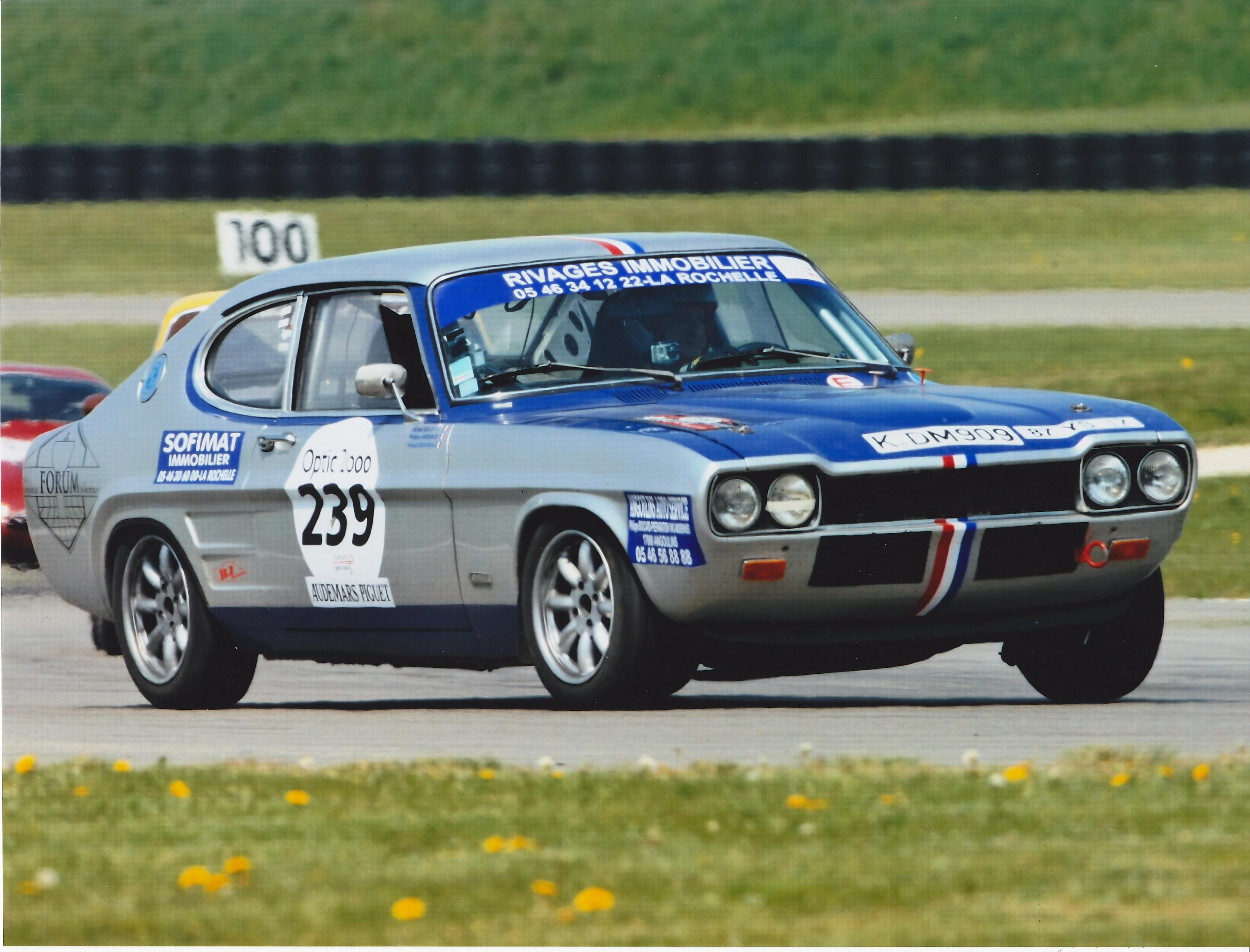
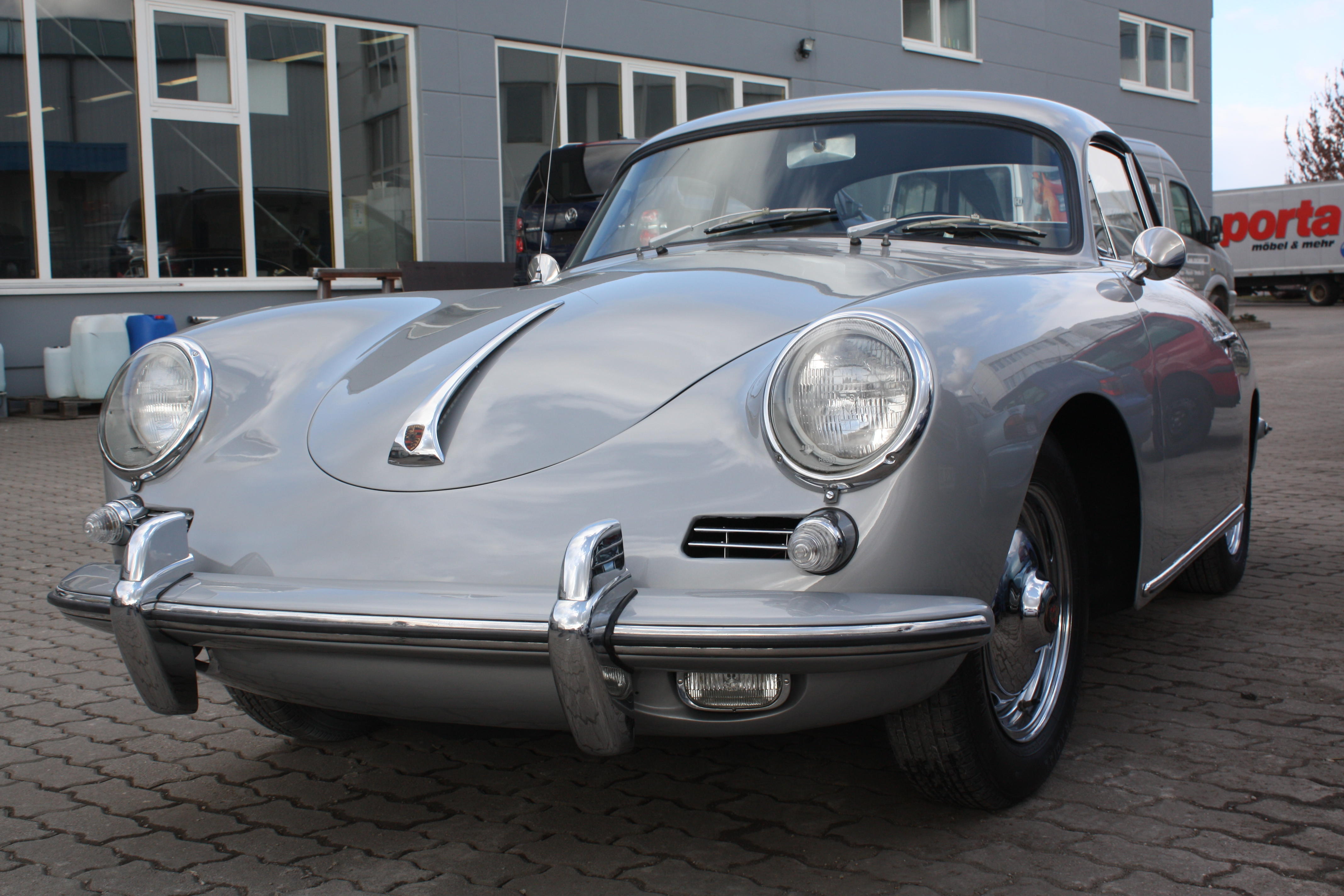
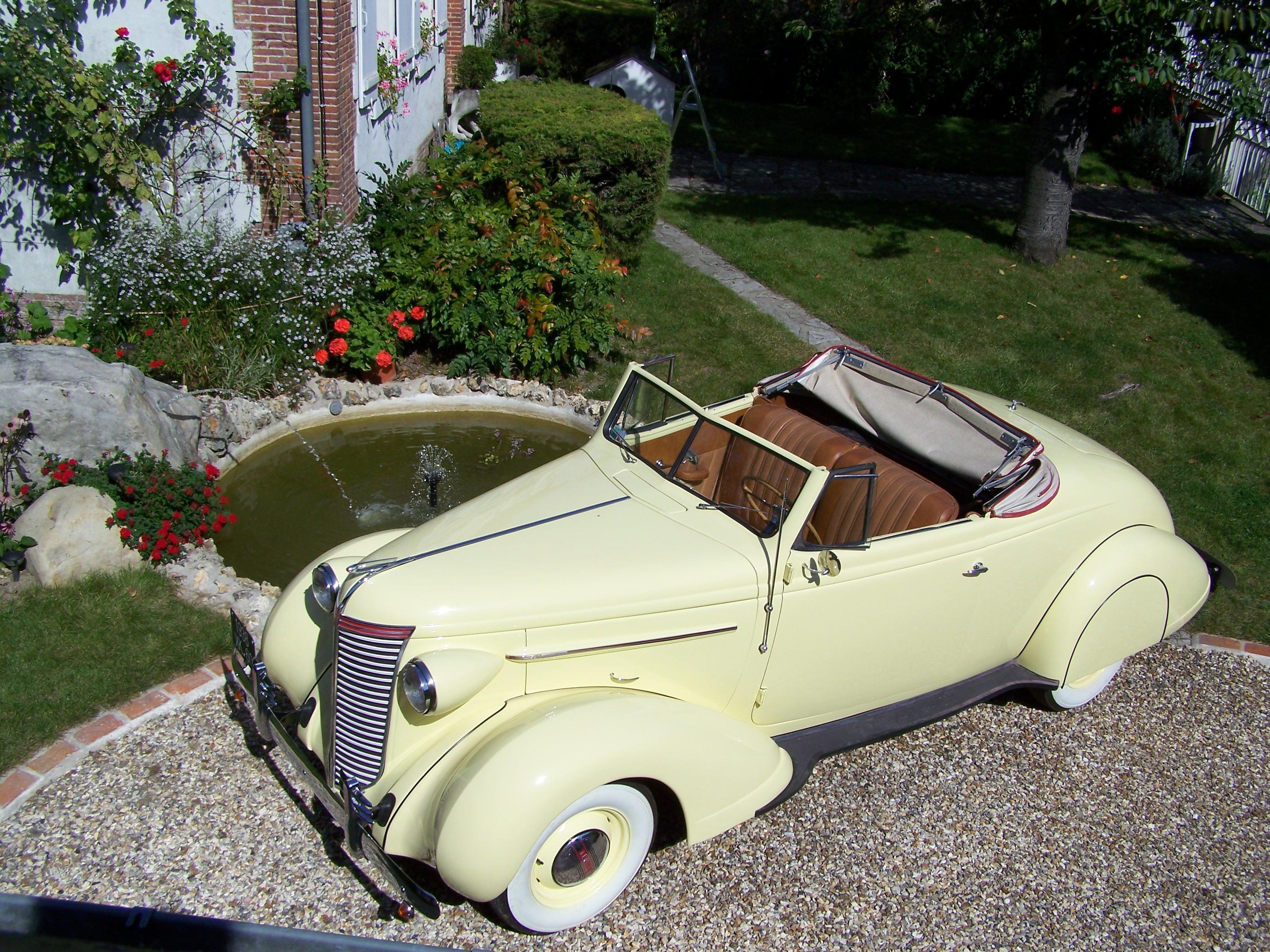
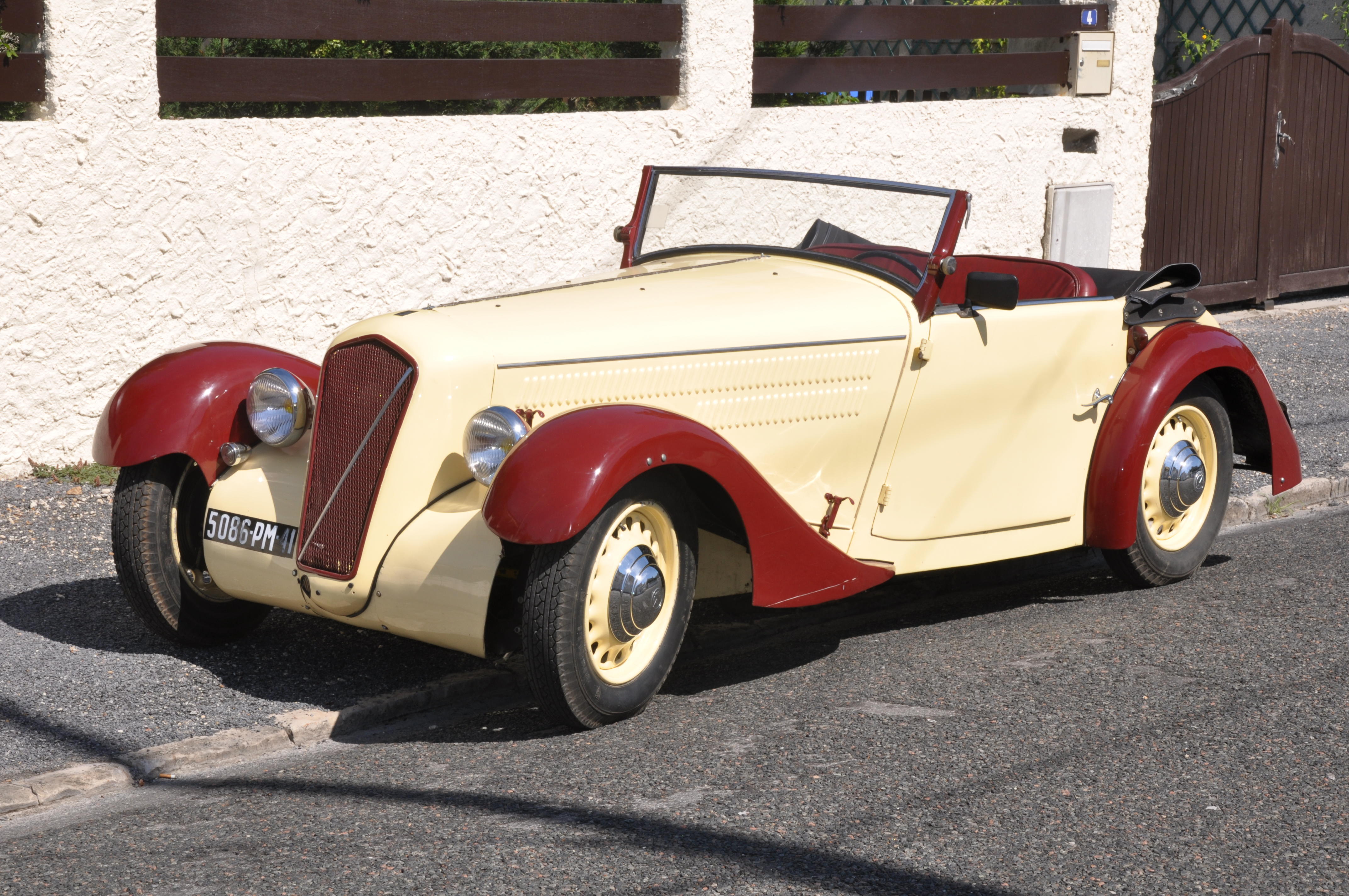
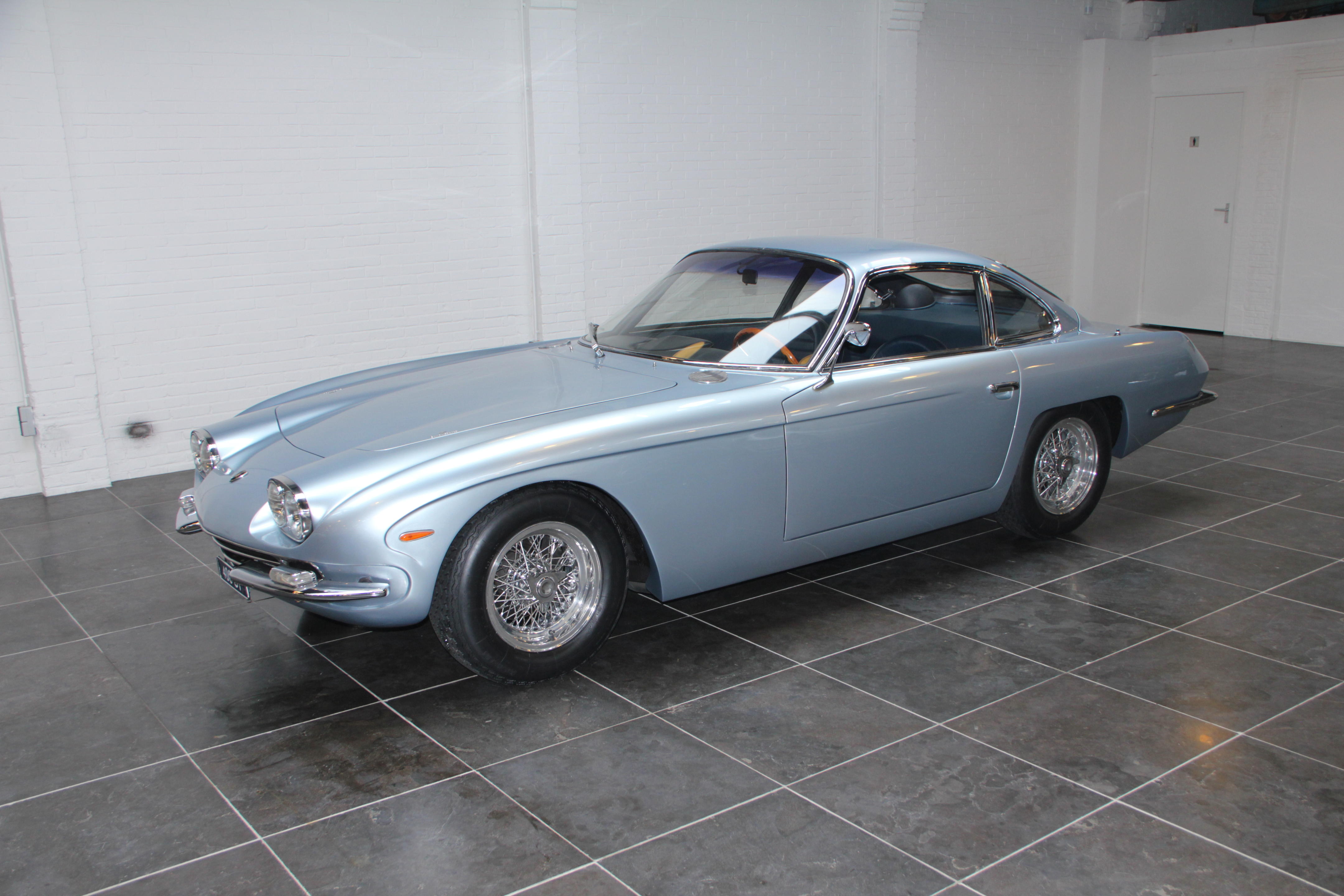
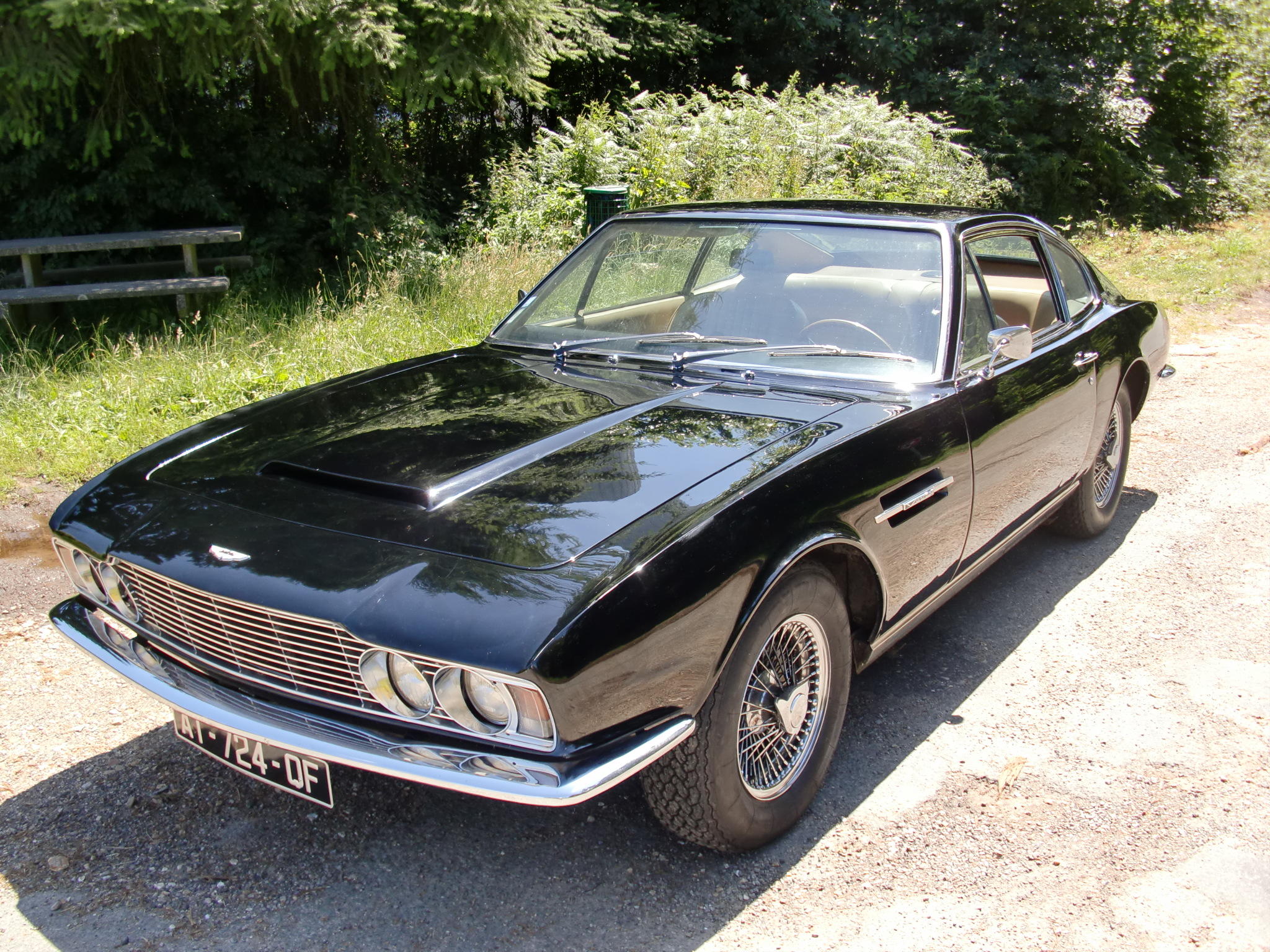


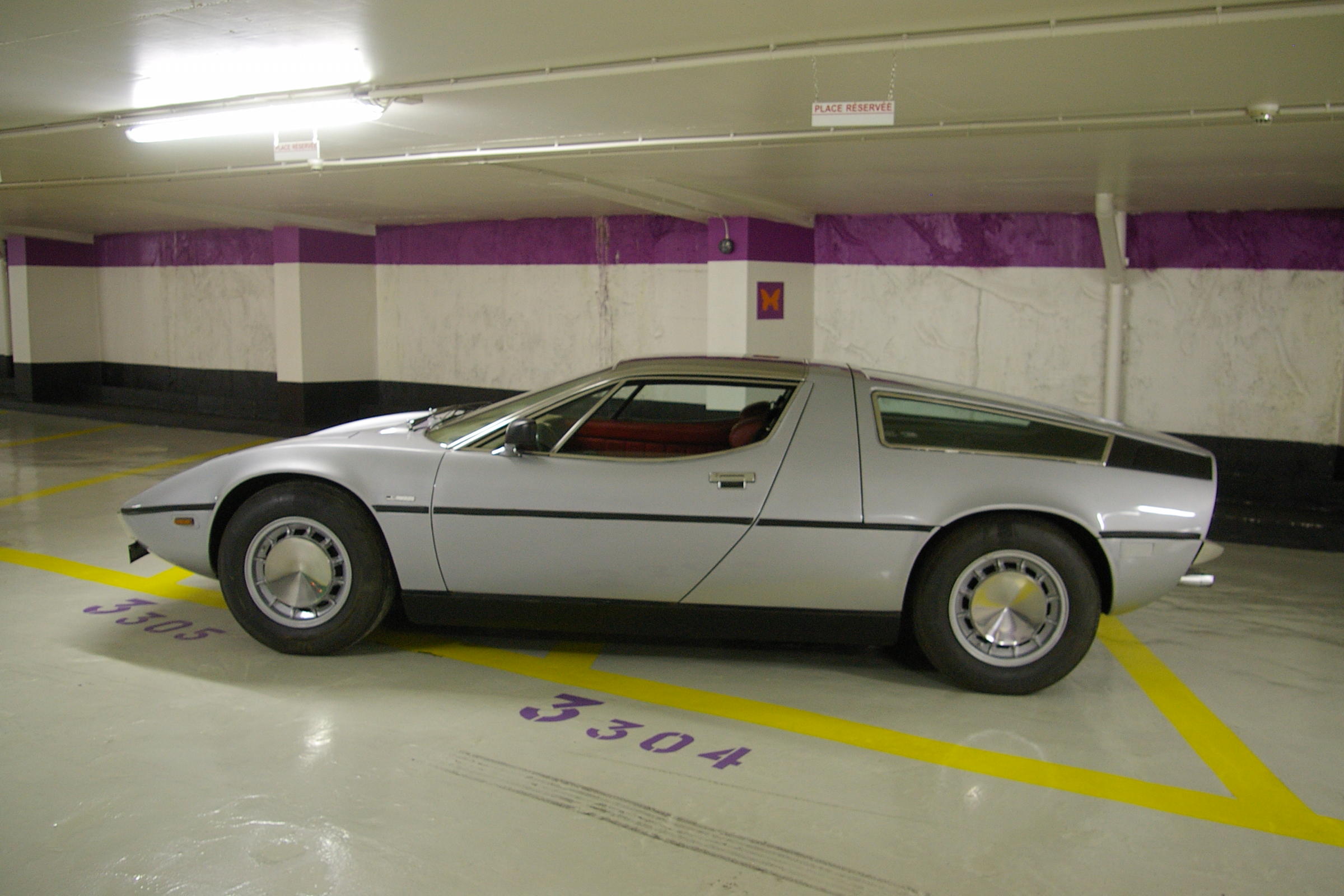
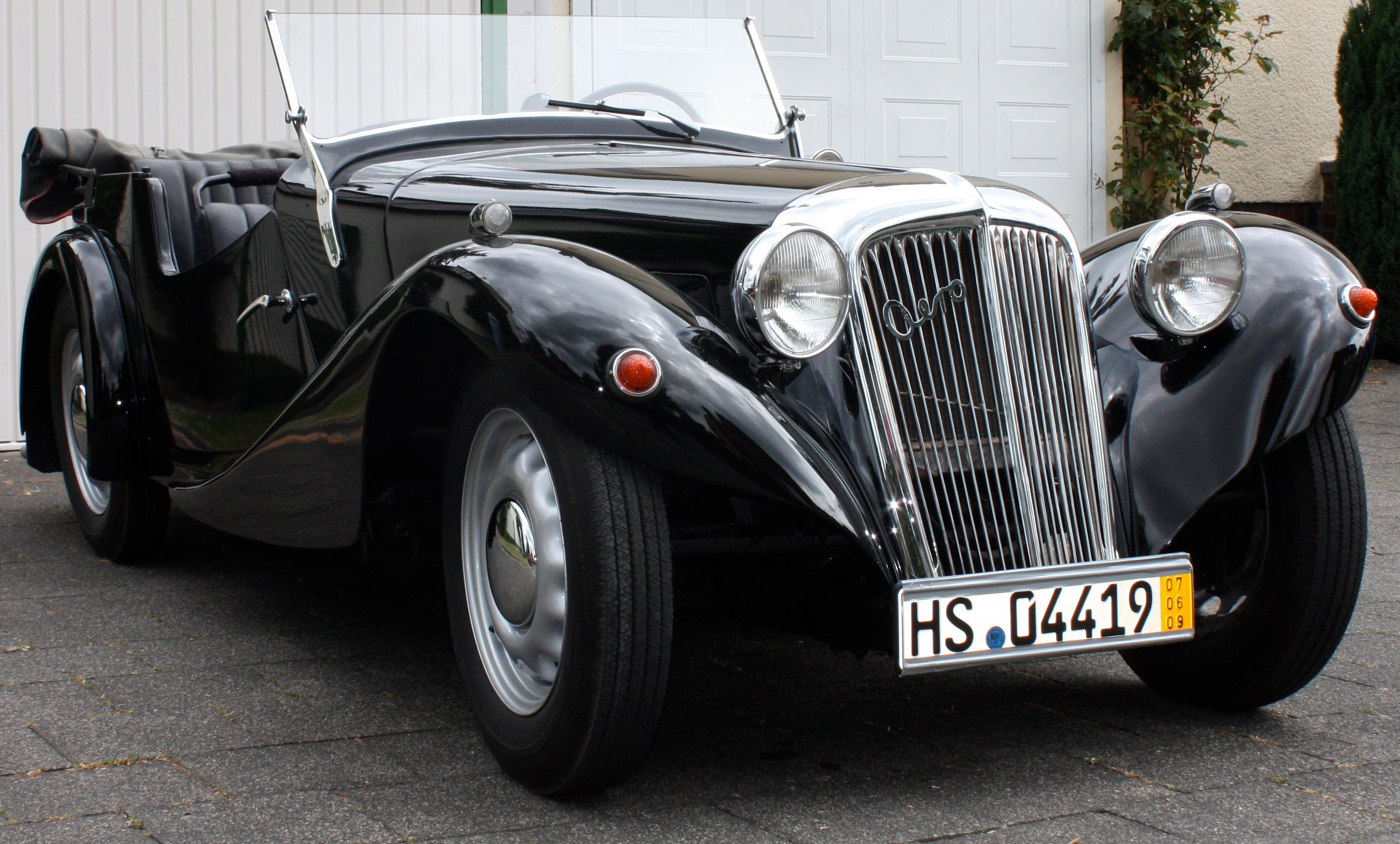
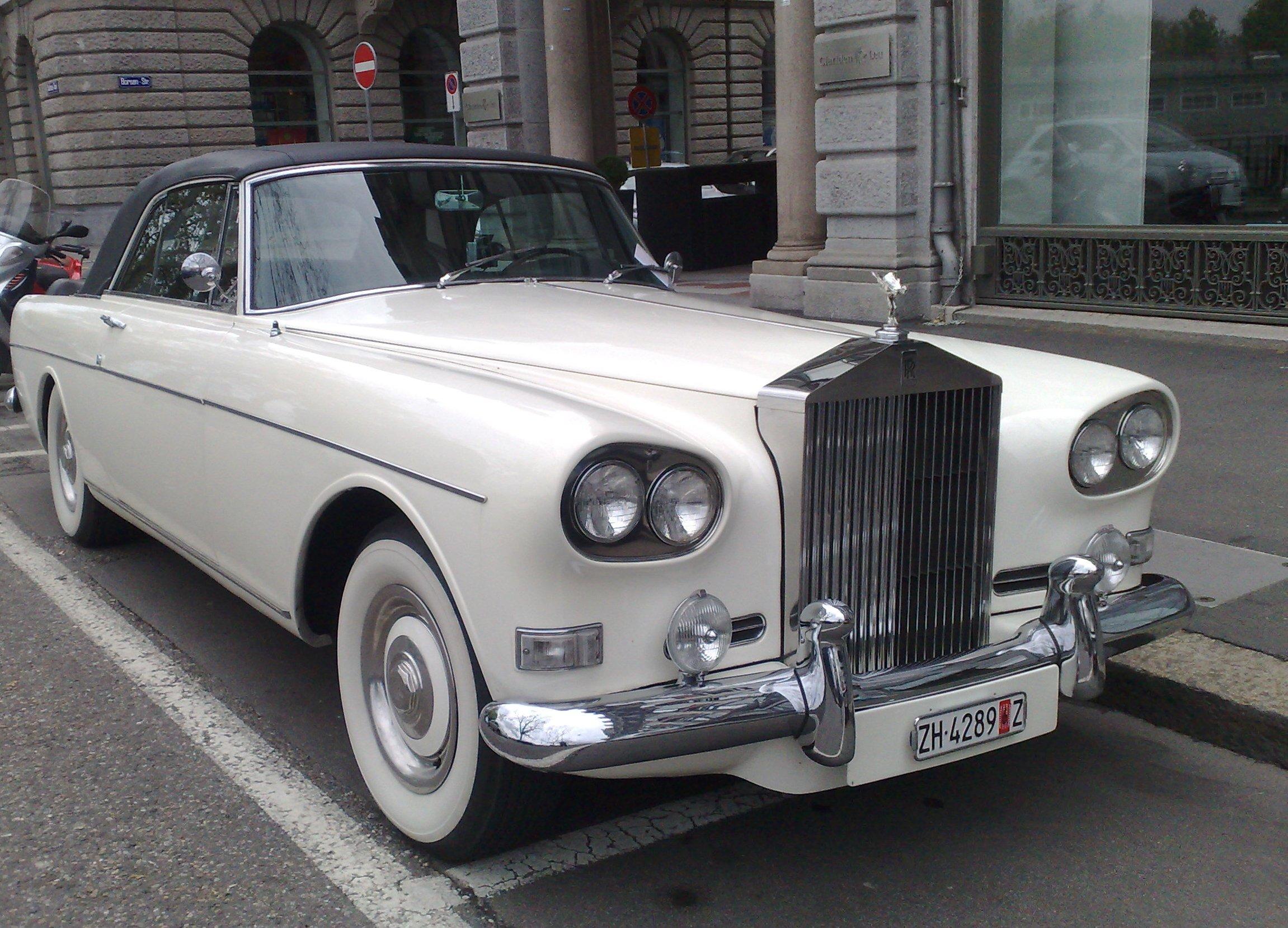
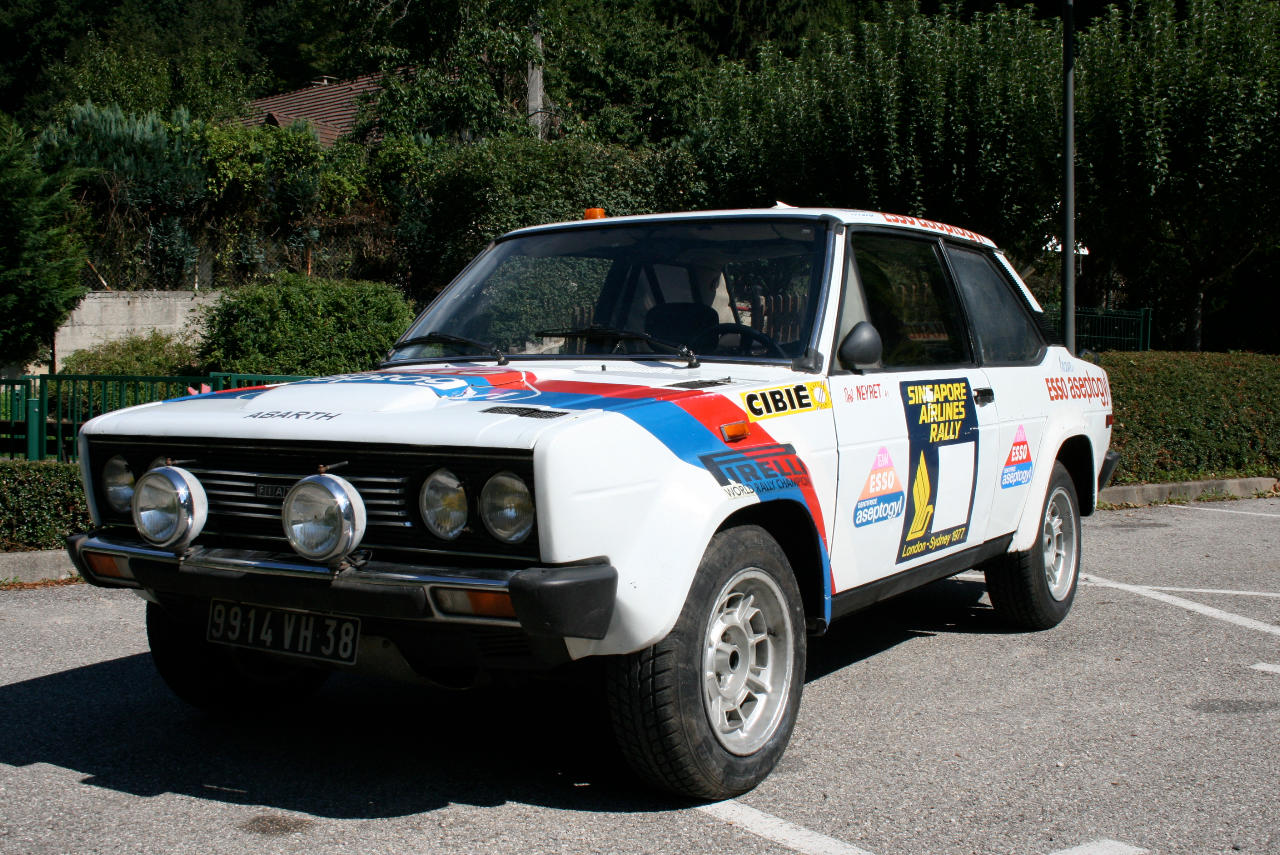
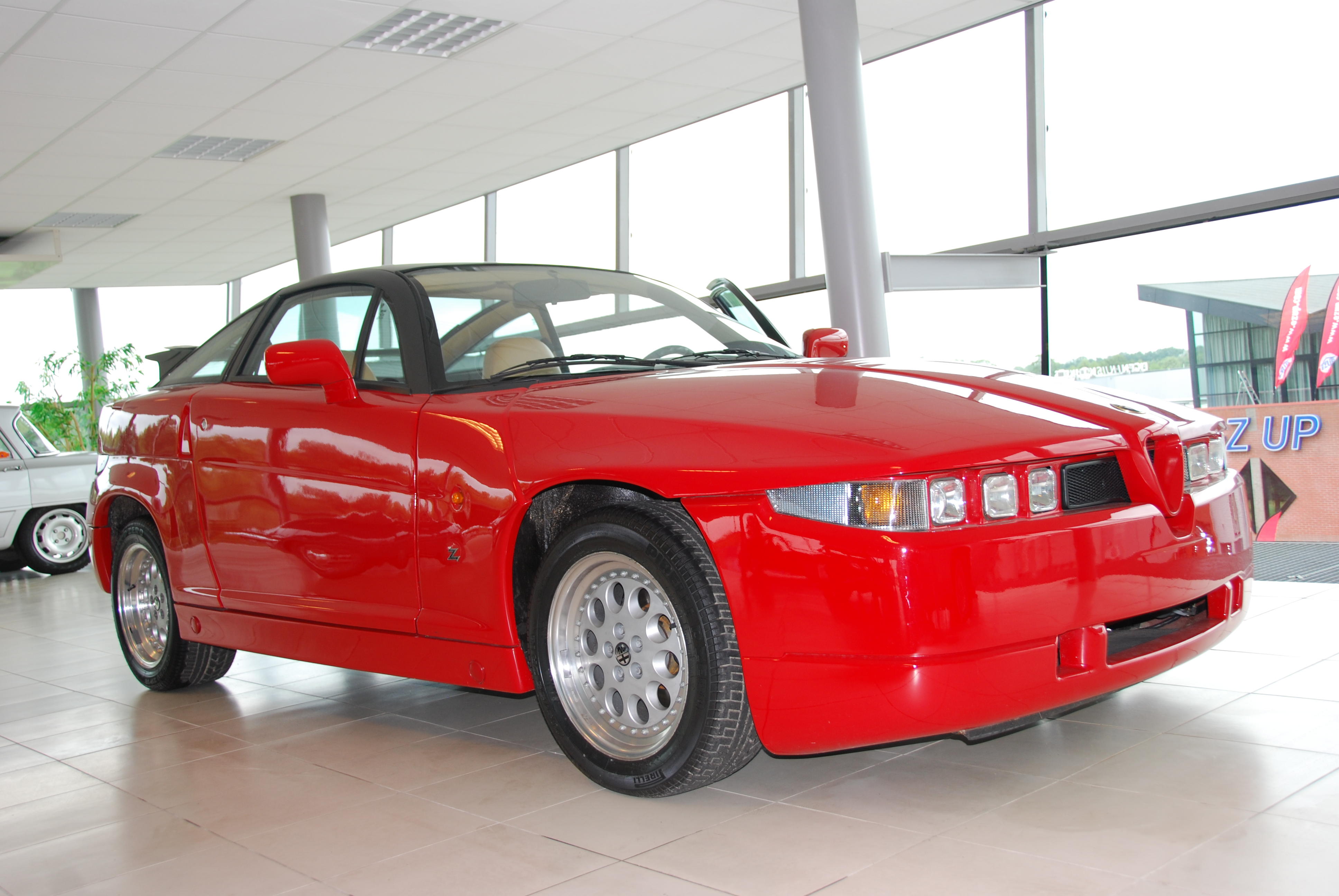
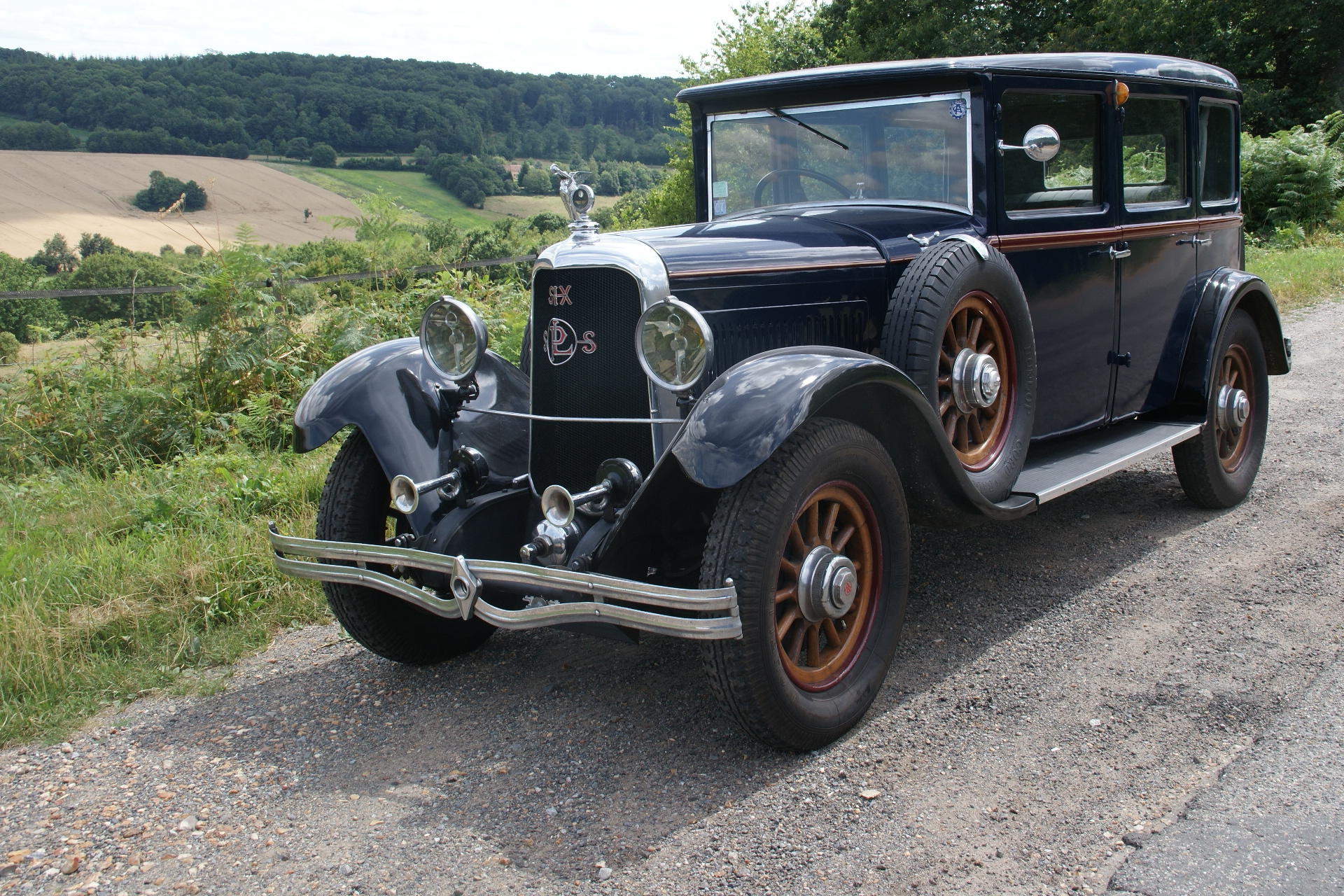
Try LotSearch and its premium features for 7 days - without any costs!
Be notified automatically about new items in upcoming auctions.
Create an alert